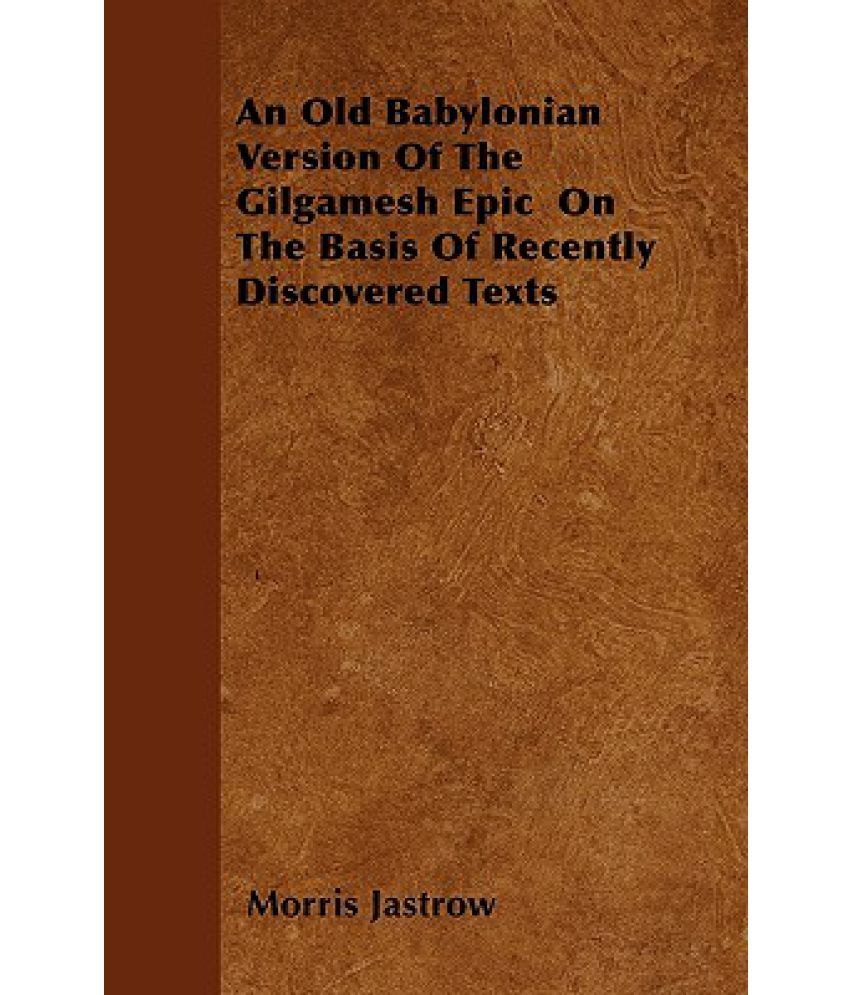
After long experience, I finally admitted that, in order to complete this exploration in a reasonable amount of time with every student understanding the mathematical ideas, I probably needed to lead the discussion.įigure 2. The ideal I had in mind all these years was to design an activity in which students deciphered the tablet, discovered for themselves Old Babylonian (or, more generally, ancient Mesopotamian) base 60 fractions, figured out that one of the numbers on the tablet approximated the value we denote as \(\sqrt 2,\) and completed all three of these tasks well within 50 minutes.Īs is often the case in matters of teaching and learning, the breakthrough came when I gave up some of my aspirations, deciding that it wasn’t so important that students deciphered the tablet themselves or – and this was the hardest goal to give up – that they completed the remaining parts of the exercise in small groups without much assistance from me. This was because, just this past May term, after many years of trying, I felt I finally had honed to as-good-as-it-would-get my presentation of the contents of this tablet to my liberal arts mathematics history students. When Frank Swetz sent me an image of YBC 7289, the Old Babylonian tablet displayed in Figure 1 above, to share with Convergence readers, I smiled with some sense of satisfaction. The image of YBC 7289 in Figure 1 is presented with the permission of the Yale Babylonian Collection and the assistance of Ulla Kasten, Associate Curator of the Collection. YBC 7289 was acquired by Yale University from the estate of the 19 th century industrialist J.
#Babylonian numerals summary how to#
Begin with his YBC 7289 Main Page or go straight to his Analysis of YBC 7289 for instructions on how to read the tablet's cuneiform text. Bill Casselman's website contains additional analysis and photographs. His "Tablets on the Web" pages include one on YBC 7289. More recently, this tablet was the subject of an article by David Fowler and Eleanor Robson, which provides insights into the probable methodology used to obtain such an accurate approximation for \(\sqrt 2.\)Īn excellent summary of the tablet's content and context is available from Duncan Melville's Mesopotamian Mathematics website. The contents of this tablet were first translated and transcribed by Otto Neugebauer and Abraham Sachs in their 1945 book, Mathematical Cuneiform Texts (New Haven, CT: American Oriental Society). It is believed that the tablet’s author copied the results from an existing table of values and did not compute them himself. The value is read from the uppermost horizontal inscription and demonstrates the greatest known computational accuracy obtained anywhere in the ancient world. But, mathematically speaking, this second millennium BCE document is one of the most fascinating extant clay tablets because it contains not only a constructed illustration of a geometric square with intersecting diagonals, but also, in its text, a numerical estimate of \(\sqrt 2\) correct to three sexagesimal or six decimal places.


A hand tablet, it appears to be a practice school exercise undertaken by a novice scribe. YBC 7289 is an Old Babylonian clay tablet (circa 1800–1600 BCE) from the Yale Babylonian Collection. Personal classroom use permitted all other uses require permission from the Yale Babylonian Collection.) (Photograph used with the permission of the Yale Babylonian Collection. YBC 7289 is an ancient Mesopotamian clay tablet with interesting and important mathematical content.


 0 kommentar(er)
0 kommentar(er)
